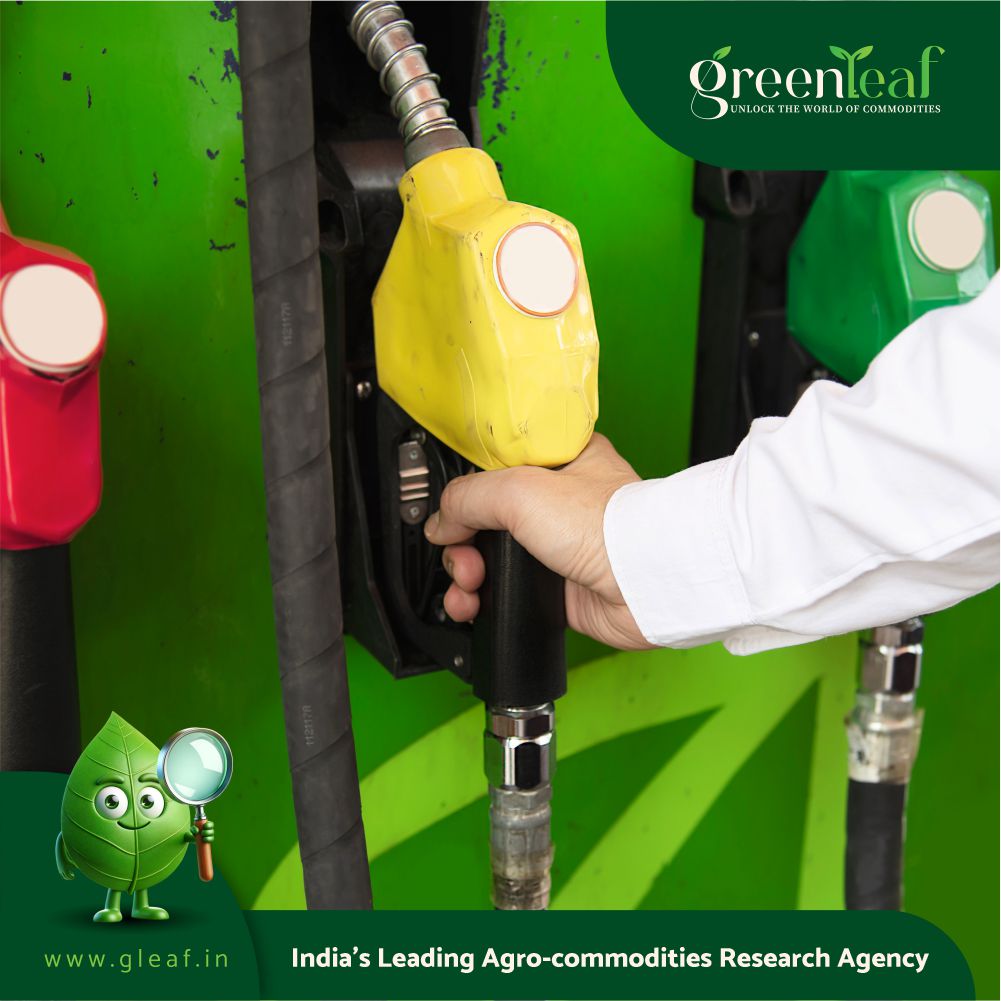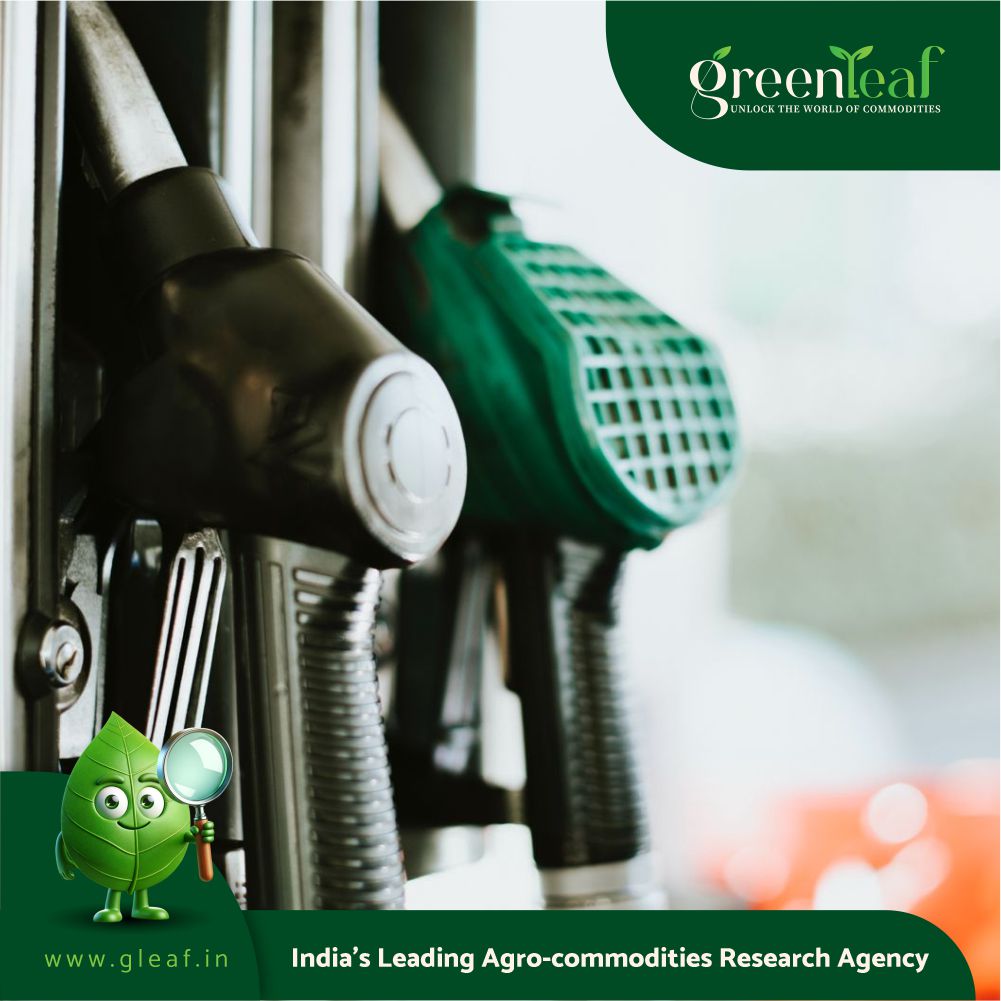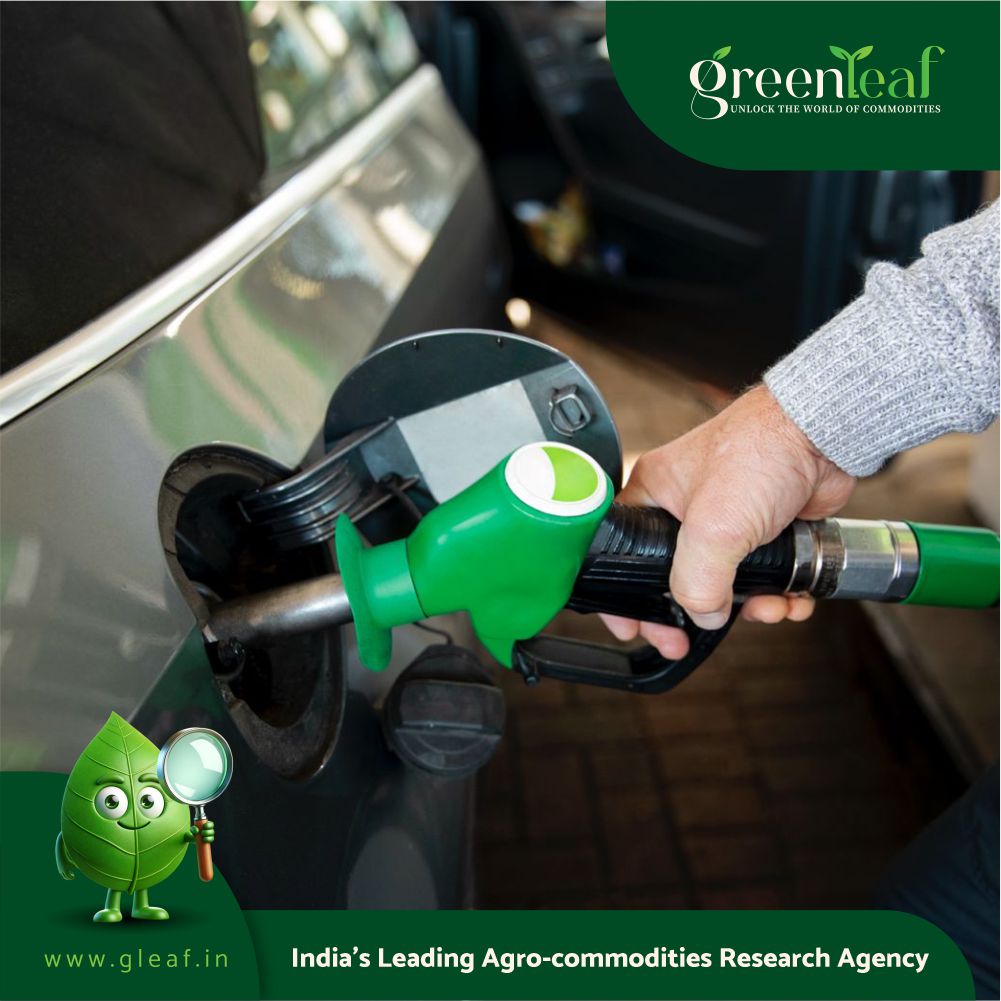Until recently, Avina Clean Hydrogen’s name was spot on. The company is on a mission to build at least eight large-scale renewable hydrogen, ammonia or methanol production facilities within three to five years—and it’s determined to become a global green hydrogen player. So, having Hydrogen in its name was perfectly apropos. Now, however, with its decision to enter the ethanol-to-jet (ETJ) fuel production space, the company may want to consider a moniker as broad as its envisioned portfolio.
As Vishal Shah, CEO and founder of Avina, says, ethanol—ETJ in particular—presents a unique opportunity for the company, which aspires to serve a worldwide customer base across virtually every major sector of energy.
Big Names, Big Ideas
The Avina team—including an advisory board that reads like a veritable who’s-who of major industry—boasts an impressive grouping of strategic thinkers that gives weight to the company’s directional decision-making. On its corporate staff, Avina has an investment banker from Barclay’s with experience in cleantech. It has a global hydrogen sales expert with ties to companies like Air Liquide and Chart Industries. Shah himself has worked in private equity and was named a top clean-tech equity analyst by Institutional Investor from 2009 to 2017. He founded the company in 2021, and through a series-A investment, raised an initial $10 million. But what’s more impressive is the clout linked to the company’s advisory board. Avina receives guidance from the former CEOs of Cummins, BP Americas, Rolls Royce, U.S. Steel, JetBlue and more.
“The board is extremely important,” Shah says. “We have a lot of CEOs that are, and have been, involved in these [types of] projects—and they all play an important role.”
Shah adds that Avina’s team-building efforts are far from complete; the team in place now was there prior to the company’s decision to pursue ETJ, so it is expected that executives from the biofuels space could join the board. “We are certainly building a great team,” he says.
While jumping into sustainable aviation fuel (SAF) was no small decision, it didn’t require an especially long meeting of Avina’s advisory board to gain consensus to do it, says Shreya Jetty, product manager for the company’s ethanol venture.
Jetty is heading up Avina’s effort to build an SAF production plant in Illinois by 2027. Announced in April, the proposed facility would be engineered to make 120 million gallons of SAF annually. To do that, Avina will source low-carbon-intensity (CI) ethanol from Illinois plants equipped with carbon capture and sequestration (CCS) technology, which should lower the CI of corn ethanol enough to qualify as credit-generating SAF feedstock.
Currently, the only plant in Illinois that produces CCS-linked ethanol is the ADM-Decatur facility, which has a sequestration component to its production capabilities.
So far, Jetty and her team have completed the preliminary front-end engineering design (pre-FEED) for the project, and she says FEED should kick off this summer. Funding for what’s referred to as the FID (final investment decision) has been secured. The FID, the company says, is crucial as it largely settles the “go/no-go” project finance question.
According to Avina management, the project has a good chance of getting the ultimate go-ahead to proceed. The team is already engaged in “advanced discussions” with strategic and financial investors to fund the Illinois ETJ project. And Jetty expects an announcement this summer about a licensing agreement for a technology that, in her opinion, will give the entire project a competitive advantage.
Technology licensing, partnership formation and strategic project development decision-making are the core capabilities of Avina’s management team and board. On other projects in the green hydrogen space, the company has already announced major partnerships with world-renowned technology providers, formed strategic collaborations with suppliers or end-users, and accomplished the challenging connective work of large-scale biofuels project development.
In its push to supply renewable fuel sources to ground transportation, maritime and aviation end-users, Jetty says ethanol is an excellent near-term, financially viable solution that complements its green hydrogen and ammonia pursuits. Plus, she says, ethanol as a feedstock for SAF makes sense in the context of forecasted changes in the gasoline market. “With more penetration of EVs, ethanol will need to find a new home in other markets,” she says.
If constructed, the Avina Illinois SAF plant would need about twice as much ethanol coming into the facility as SAF going out. In other words, making 120 MMgy of SAF will require roughly 240 MMgy of ethanol each year. Jetty and her team have already begun talking with multiple ethanol suppliers.
The goal of the project is to ultimately produce SAF that can be railed or trucked into Chicago O’Hare and other airports in the state.
“The U.S. airline industry is experiencing notable demand for SAF in response to commitments to utilize 3 billion gallons of SAF by 2030,” says Shah. “Avina is proactively collaborating with airline customers and other stakeholders to play a key role in meeting this target.” He adds, “The strategic location, scale and cost-effectiveness [of the ETJ project in Illinois] offers a significant advantage.”
Ethanol-to-Jet has Its Challenges
The excitement that Avina’s management team is exuding about ETJ is accompanied by pragmatic caution. Karen White, the company’s director of regulatory and business development, says there are several challenges that lie ahead apart from securing the necessary funding for the multi-billion-dollar plant.
Right now, she says, the markets are very clear on the outlook and market value of ethanol as an input for SAF. “What we don’t know is what the price will be for ethanol with a premium CI score,” she says. “That price is going to evolve.”
The cost of inflation will also be an issue going forward. White says it is still hard to gauge the cost of products needed to build the proposed plant. There will also be challenges with site infrastructure.
And then there is the issue of policy. White and Jetty both want to see more clarity, especially in the context of establishing greater certainty.
The Inflation Reduction Act and other government-led initiatives have created some favorable policies for the project, but there remains uncertainty as to how long any of it will last.
At the state level, Illinois has taken steps to be a leader in SAF. Last July, Illinois instated a SAF Purchase Credit that creates a $1.50-per-gallon tax incentive for air carriers. For an SAF product to be eligible for the credit, the fuel must show a 50% lifecycle greenhouse gas emissions reduction compared to petroleum-based jet fuel. Airlines for America, an advocate for the aviation industry, has estimated that the average flight from Chicago O’Hare to Miami requires 2,500 gallons of fuel to fly south and 3,500 gallons to return north. Just to fly south, the $1.50 tax credit could provide significant savings for the airline. As of June, the cost of Jet-A/A-1, the standard jet fuel used in the U.S., was $2.35 per gallon.
Illinois passed the tax credit in part because of the large customer base in the state that could utilize the credit. With nine international airports—and two of the top-15 cargo airports in the world—there is a lot of aviation fuel used in Illinois. Plus, the state boasts a big biofuels workforce along with ample feedstock supply (No. 2 U.S. corn producer) and ethanol produced (No. 3 U.S. ethanol producer). Illinois also has several organizations committed to growing the in-state SAF industry, including the Illinois Corn Growers Association and other groups.
“Sustainable aviation fuel could grow into the largest new market for U.S. [ethanol], and Illinois manufacturers have the opportunity to be at the forefront, creating jobs and taking the lead in efforts to reduce global carbon emissions,” said Mark Denzler, president and CEO of the Illinois Manufacturers’ Association, when the state’s tax incentive was first announced.
White hopes the state of Illinois stays committed to SAF. She says a lot of legwork needs to be done to develop and prepare the state’s workforce to be able to scale-up and support SAF and other next-generation, low-carbon fuels.
The future of SAF made from ethanol is poised for dramatic growth for one simple reason, according to Jetty: demand—the airlines desperately want the product. “There is so much demand for [SAF],” she says. “We don’t have to find an off-taker or find someone to take the product.”
In spite of uncertainty with federal incentives for SAF, “we do see a lot of overall incentives to pursue this work,” she adds. The demand and incentives for SAF were part of the reason Avina’s management team, along with its advisors, expanded its vision from green hydrogen into the ETJ arena, Jetty says.
“As a clean fuels developer, it [made sense to bring it] into our portfolio,” she explains.
White believes projects like the proposed Avina ETJ facility could be replicated in other places. And midstream companies are expressing interest in working with Avina, which Jetty views as a healthy signal across the supply chain—that all conceivable parties with potential involvement want the young industry to expand.
“In terms of the story on this project,” White says, “the most important thing our team could say is that it is clearer than ever that this can be implemented effectively, now, with several partners across the space.”
Author: Luke Geiver, Freelance Journalist
Contact: writer@bbiinternational.com
















